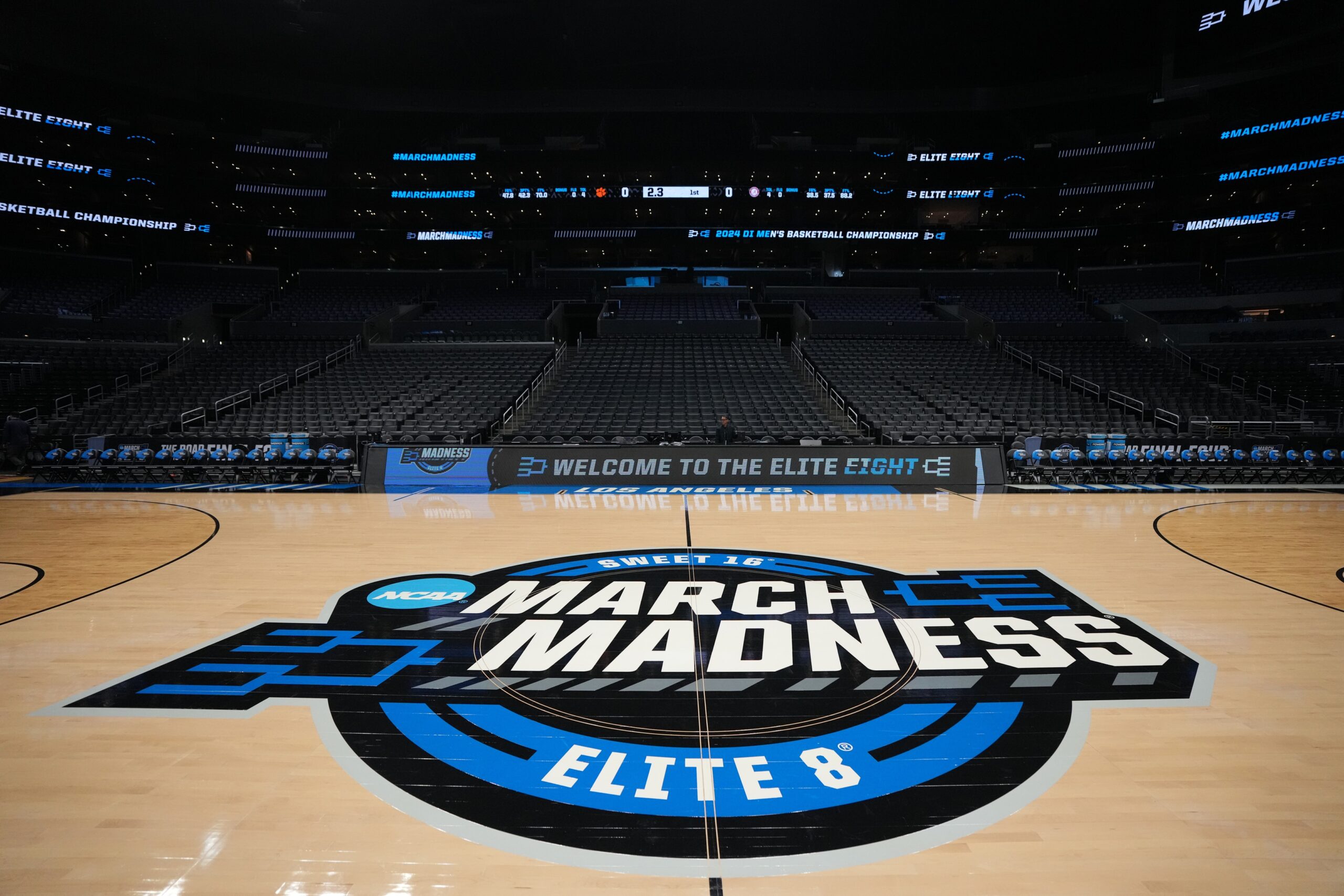The NCAA men’s basketball committee recently held its annual summer meetings, during which some of the most pressing issues were discussed. While no decisions were made on some issues, others saw more favorable resolutions. Among these resolutions, the NCAA announced significant changes to the seeding process.
NCAA Announces Significant Changes To The Seeding Process
One of the important topics discussed at the summer meetings was the potential expansion of the NCAA tournament. It has been proposed that the bracket be expanded from 68 teams to 72 or 76. While this may seem like a small increase, it will present significant challenges. There will be obvious financial implications, with millions more being spent on expenses.
To cover these potential expenses, the NCAA must determine if these additional games will generate more revenue. The current television deal with CBS and Turner, which runs through 2032, does not obligate the networks to increase their payments, making this a crucial point of negotiation.
This television deal annually distributes around $700 million to schools. Any changes to the tournament’s structure have far-reaching implications, as the NCAA men’s basketball tournament is not just a showpiece but also the NCAA’s largest revenue stream. The tournament also subsidizes hundreds of small college athletic departments.
Expanding the field also presents a sensitive issue for smaller league commissioners. It could require automatic qualifiers (likely No. 10 seeds) from these leagues to play in first-four type events. Instead of playing on Thursday/Friday, they would have to play on Tuesday/Wednesday. This impacts the competitive balance of the bracket.
No decision has been made yet, as these meetings were just one step in a lengthy approval process. Other groups, such as the NCAA Basketball Oversight Committee, will examine the expansion models in the coming weeks.
Significant Changes to the Selection Process
“The committee has always valued different data points and metrics to assist with their evaluation process, and these two metrics have increasingly been referenced by members in recent years,” Gavitt said. “Adding them to the team sheet ensures that all 12 members easily have access to this data. The Torvik rankings, along with BPI and KenPom, give the committee three predictive ratings, while the WAB, Strength of Record, and KPI give them three results-based metrics. All of these, in addition to the NET, will be beneficial to the team evaluation process.”
The committee has decided to add the Torvik rankings and Wins Above Bubble (WAB). Torvik rankings feature projections that rank every team for the upcoming season. While WAB measures how many more wins a team earns against its schedule than an average bubble team. It is yet to be revealed if the NCAA will develop its own WAB calculation or use the one on BartTorvik.com.
Having more metrics is beneficial for the selection process. For example, Indiana State ranked #28 in WAB and was the highest-ranked team that didn’t make the NCAA tournament in 2024. They were ranked higher than Washington State, Colorado, and Virginia, among others, who received at-large bids. If WAB helps highlight teams that deserve more recognition, it proves to be a valuable metric for NCAA tournament selection.






